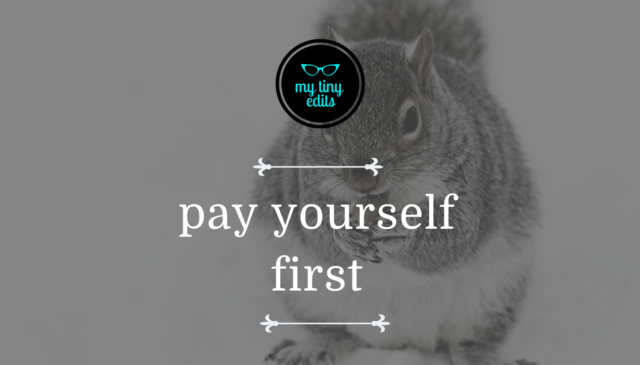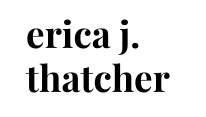
I’m not against budgets. But the traditional budgeting process—where you line-item everything—just doesn’t work for me.
I’ve tried the budgeting apps and the online banking money management features, but I spent too much time chasing the categories that were automatically assigned by the app to each purchase, because they were usually wrong.
Maybe this type of budgeting works for you. But I’m willing to wager that you’re looking for a better way.
Introducing…the Anti-Budget!
Learning about the AB was a life-changer for me. Thanks, Paula Pant and AffordAnything.com!
Here’s how to Anti-Budget:
- figure out your ‘essentials’ (how much you need every month for food, bills, mortgage/rent, insurance—the BASICS)
- subtract that from your monthly income
- save some of that leftover money
- spend (or give) the rest.
BUT—here’s the part that’s so exciting to me—as soon as you know how much you’ll be spending on essentials, figure out how much of that leftover money you want to save every month, and put that in a separate account. Every month.
ALWAYS PAY YOURSELF FIRST! DON’T LET THE EXTRA DOUGH SIT IN YOUR CHECKING ACCOUNT! SOCK THAT MONEY AWAY AS SOON AS YOU GET PAID!
Sorry I yelled.
Use what you didn’t spend to:
- build your emergency fund
- pay down your credit card balance/car loan/other consumer debt
- invest in your retirement
- give to a community organization
- make extra payments on your mortgage
- save up for a something you really want that passes the ‘What Matters Most‘ test
One of my best friends, Jessica, always paid herself first when we were housemates years ago. While I spent my money on random shopping trips, vacations, and cocktails, she was squirreling away a down payment for a house. She enjoyed a nice lifestyle, but had the foresight in her twenties to save some of her extra money.
Since I’ve been using the brilliant Anti-Budget, I’ve been able to save almost 50% of my monthly income. Every month!
Why, oh, why didn’t I start Anti-Budgeting years ago? Ooof.
How much should you save? Try the 50/30/20 rule.
- 50% of your income goes to essentials
- 30% goes to your ‘wants’
- 20% to your savings/debt repayment
I didn’t make this up. Many experts recommend this strategy.
I personally think that 30% (or more!) should be the ‘savings’ and the 20% should be the ‘wants’, but that’s up to you.
If more than 50% of your income goes to your essentials, or more than 30% goes to your wants, then you might want to look for ways to adjust this spending. Can you cut down on your food or entertainment expenses? Can you relocate? Can you find less expensive car insurance?
Make some tiny edits
- Figure out your ‘essentials’ number. Track everything you spend each month. Factor in irregular payments, too.
- Try to find ways to cut back on your ‘wants’ to increase your savings
- PAY YOURSELF FIRST NEXT PAYDAY!
Happy editing!
Erica



